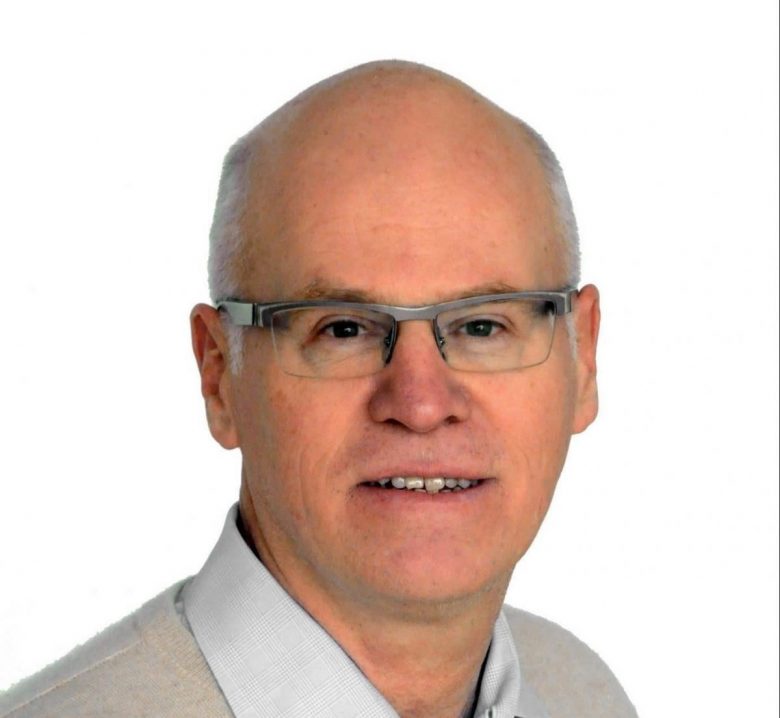Despite the flow of billions of dollars in aid to the world’s poorest areas, abject poverty remains ever-present in many countries and regions, especially among women, who according to the International Labour Organization (ILO) make up 70 percent of the world’s poor, and 65 percent of the world’s illiterate.
It goes without saying that there are no easy answers or quick fixes to this enormously complex and systemic problem. However, a growing number of thought leaders are saying that any meaningful and sustainable attempt to eradiate poverty must be rooted in providing the world’s poor with microfinance loans, so they can create and grow tiny businesses that lead to economic benefits and stability for themselves, their families, their communities, and ultimately their countries.
Microfinance Loans
“Microfinance loans, which are often a few hundred dollars, provide incentives for poor people to harness their own energies, talents, and self-interests, so they can escape the cycle of poverty and climb up the economic ladder,” commented Gregory Casagrande, a serial social entrepreneur and founder of SPBD Microfinance Network, which is the leading microfinance institution in the South Pacific. “However, for microfinance institutions to have the greatest positive impact on the largest number of people, we need to bring capital markets into the picture.”
Although Gregory Casagrande has an MBA from the Kellogg School at Northwestern University, an MS in Accounting from NYU Stern, a BA with Honors in Economics from Colgate University — and is a CPA and Mensa member to boot — understanding the soundness of his position does not require genius-level intelligence. On the contrary, the logic is refreshingly straightforward.
Simply put, microfinance institutions (or MFIs as they are sometimes called) need vast sums of money in order to reach out and impact massive numbers of poor people. Ordinarily, this funding has been supplied by traditional government aid and charitable programs — and it is not nearly enough.
“If we continue leaving it up to governments and charities to fund microfinance institutions, we will never come close to eradicating poverty, “commented Gregory Casagrande, who is also the founder of the microfinance acceleration fund MicroDreams, and of the microfinance advisory company Transformative Ventures LLC. “It will be like trying to put out a house fire with a bucket. The intention is good, but the end results fall far short of the necessary effect.”
According to Gregory Casagrande and many others who deeply understand what is really happening on the ground in places like Melanesia, India, Africa, and elsewhere around the world trapped by systemic poverty, the solution is also clear: integrate capital markets and microfinance in order to scale impact.
“Commercial financing of microfinance institutions can manifest in many ways, and we are already starting to see some progress in this area,” commented Gregory Casagrande. “Some options include commercial debt financing, equity financing, hybrid securities such as the securitization of microfinance institution loan portfolios, mutual funds made up of these various securities, and active primary and secondary markets for these various securities.”
The source of commercial funds can be international or local. However, the latter is preferred because there is no exposure to foreign exchange risk. In addition, microfinance institutions can integrate a savings function to their product offering to generate much of the financing they need to support credit programs. Savings are heavily regulated, and as such microfinance institutions that enter this space must be properly managed to comply with all regulatory requirements. With that in mind, Central Banks also need to learn about the benefits of a vibrant microfinance sector, the challenges of growing a sustainable and scalable MFI, and in response design regulations that are appropriate, and not overly burdensome, in order to foster the development of a vibrant and healthy microfinance sector for the benefit of all.
The Bottom Line
“In order to unlock the potential of microfinance institutions to play a pivotal role in not just addressing poverty but ultimately eradicating it, we need to think big, bring all major stakeholders to the table, and focus on ways of making the microfinance industry more sophisticated operationally and administratively,” commented Gregory Casagrande. “It is obviously not going to be an easy task, but with the right vision, support and long-term commitment — and integrating capital markets and microfinance is a core piece of this puzzle — I am confident that we can get to a place where crushing and enduring poverty around the world is a part of our history and not an inevitable part of our future.”










